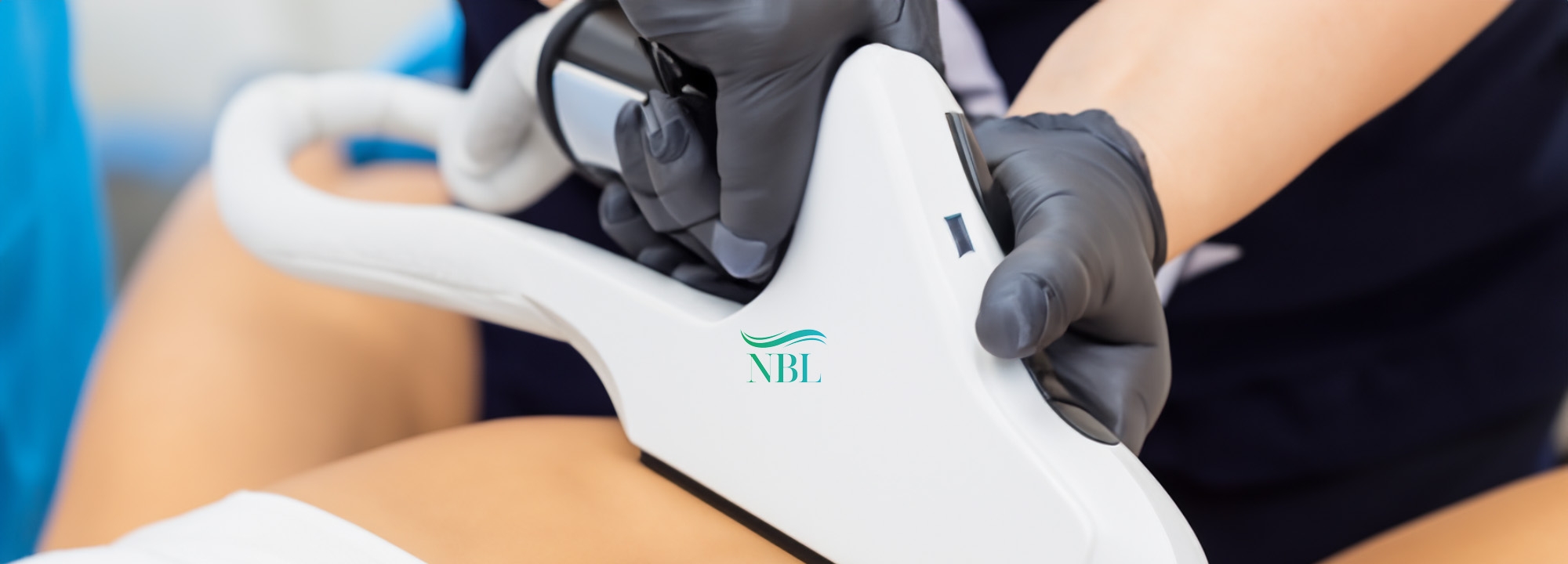Bath After Tattoo Removal Santa Rosa .
Ibuprofen and Tattoo Removal: Understanding the Connection
Tattoo removal has become increasingly common as more people seek to remove ink that no longer aligns with their lifestyle or aesthetic. Among the many questions that arise during the removal process is the role of over-the-counter medications like ibuprofen. Commonly used for pain relief and inflammation reduction, ibuprofen often enters the conversation for those anticipating the discomfort of tattoo removal treatments. But how does it actually interact with the tattoo removal process, and is it safe or effective to use?
Ibuprofen is a nonsteroidal anti-inflammatory drug (NSAID) widely known for reducing pain, swelling, and fever. Its action works by blocking enzymes involved in the production of prostaglandins, chemicals responsible for inflammation and pain. While this makes ibuprofen an appealing option for managing the pain associated with laser tattoo removal, there are important considerations to keep in mind regarding its safety and effectiveness in this context.

Laser tattoo removal involves using high-intensity light beams to break down the ink particles beneath the skin. The body then absorbs and eliminates these particles naturally over time. Although effective, the procedure can be uncomfortable and, in some cases, painful, depending on factors like tattoo size, ink color, and skin sensitivity. This discomfort often leads people to seek pre-treatment pain relief options, with ibuprofen being one of the most common choices.
Taking ibuprofen before a laser tattoo removal session may help reduce the perception of pain during the procedure. Since ibuprofen is not a narcotic, it doesnt interfere with mental clarity or cause sedation, making it a seemingly ideal option. However, ibuprofen has blood-thinning properties, which could increase the risk of bruising or bleeding during and after the treatment. Because the laser creates microtrauma in the skin to shatter the ink particles, maintaining healthy clotting is important to avoid unnecessary side effects.
Most professional tattoo removal specialists advise caution when using NSAIDs like ibuprofen before laser sessions. While the pain-relieving benefits are undeniable, the potential for increased bruising or slower healing may outweigh the temporary comfort it provides. In some cases, practitioners recommend acetaminophen (Tylenol) instead, as it manages pain without affecting blood clotting. Consulting with the technician or a healthcare provider before taking any medication is essential for ensuring a safe and effective removal process.
Post-treatment care is another time when individuals consider taking ibuprofen. After a laser session, the treated area may be red, swollen, and tender for several hours or days. Ibuprofen can be helpful in managing this inflammation and associated discomfort. Unlike pre-treatment use, taking ibuprofen after the procedure generally poses less risk, provided theres no excessive bleeding or open wounds. Its still wise to monitor how the skin responds and avoid overuse of any anti-inflammatory drugs.
In addition to pain management, it's important to follow proper aftercare protocols to promote healing and prevent complications. This includes keeping the treated area clean, applying antibiotic ointment if prescribed, and avoiding direct sunlight. If swelling or discomfort becomes excessive, ice packs and elevation can also be helpful. Ibuprofen should be viewed as one part of a broader post-treatment strategy rather than a standalone solution.

For individuals with underlying medical conditions or those taking other medications, discussing the use of ibuprofen with a doctor is particularly important. People with gastrointestinal issues, kidney problems, or heart disease may need to avoid NSAIDs entirely. There are also potential interactions with other drugs that should be evaluated before deciding on pain relief options during the tattoo removal process.
Aside from medication, other pain management methods can be employed to make the tattoo removal process more tolerable. These include topical numbing creams, cold air devices used during the procedure, and laser systems with integrated cooling technology. These options can significantly reduce discomfort without the systemic effects of oral medications like ibuprofen.
In summary, while ibuprofen can be a helpful tool for managing pain and inflammation associated with tattoo removal, it is not without risks. Its blood-thinning properties make pre-treatment use questionable, especially in terms of bruising and slower healing. Post-treatment use is generally safer but still requires attention to the bodys response. Consulting a professional before using ibuprofen as part of a tattoo removal regimen is the best way to ensure safety and optimal results. Combining medical guidance with thoughtful aftercare will pave the way for a smoother and more successful tattoo removal experience.
